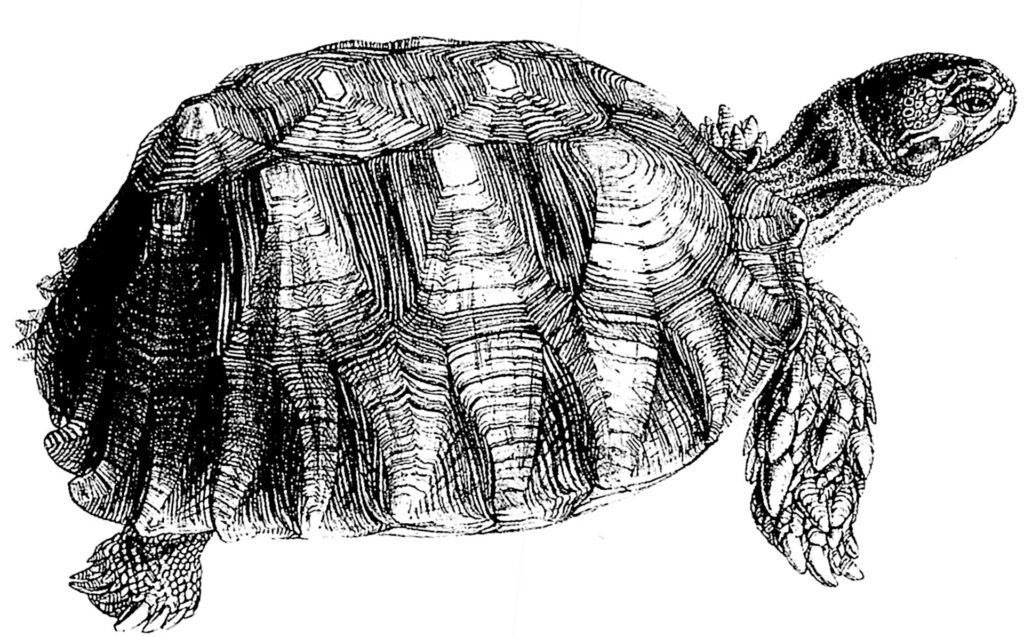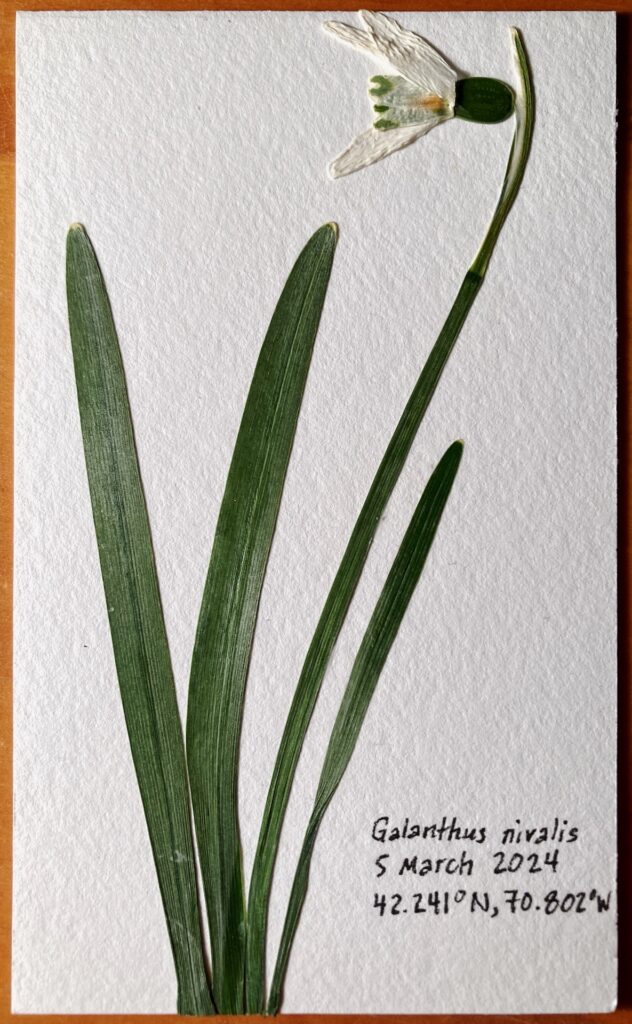I’ve started reading an article about combining ecojustice education with music education. It’s kind of theoretical, but there’s good content buried beneath the academic prose style. I’m fascinated with the topic, because our ecojustice camp curriculum includes singing and natural soundscapes as crucial curriculum components.
Below is the abstract of the article (followed by a full citation and a link to the full article):
“Children who are supported throughout childhood and adolescence to both
maintain their sense of wonder in nature, and honor and explore their
wild human nature, are well positioned to mature into soulcentric adults
capable of living into their purpose in service to both their culture
and the whole of life. However, our society’s ecocidal culture and
unjust institutions often replicate oppressions and promote egocentric
behaviors that preclude thriving. Additionally, many children are
alienated from nature and are thought to have nature-deficit disorder,
which can include both mental and physical maladies. In this article I
explore conceptions of ecojustice education to further illustrate
pathways for curriculum development in music education that might
encourage children and adolescents to maintain their sense of wonder in
nature, fully develop their sensory capacities, support their mental and
emotional wellbeing, attune more carefully to their wild nature and
soul’s purpose, and contribute to the environmental and social
commons — all which might support human flourishing and the continued
survival of our species.”
Citation: “Music Education for Surviving and Thriving: Cultivating Children’s Wonder, Senses, Emotional Wellbeing, and Wild Nature as a Means to Discover and Fulfill Their Life’s Purpose,” by Tawnya D. Smith, Music Education, School of Music, College of Fine Arts, Boston University, Boston, MA, United States. Frontiers in Education, 16 April 2021, Sec. Educational Psychology, vol. 6, 2021 — https://doi.org/10.3389/feduc.2021.648799 — Link to the article.



